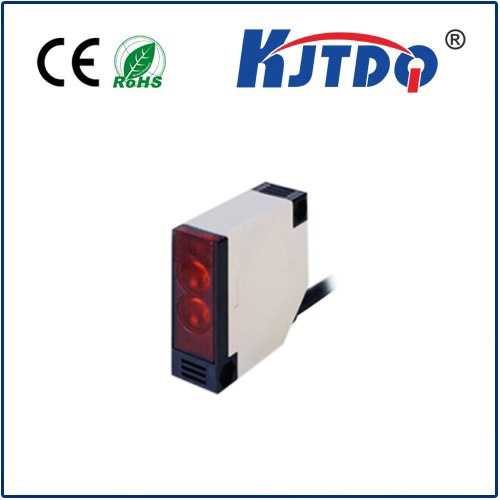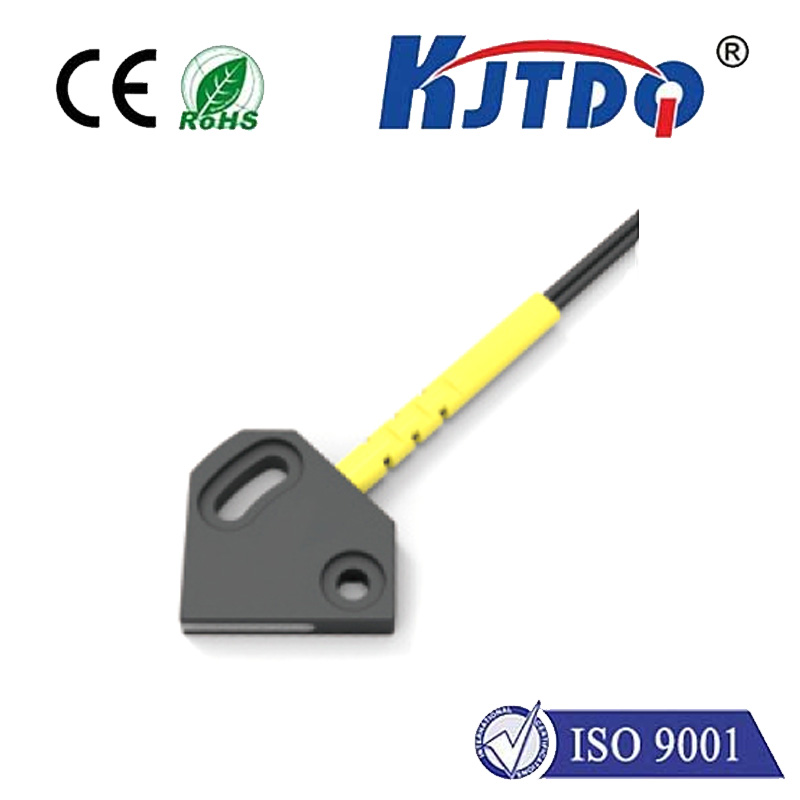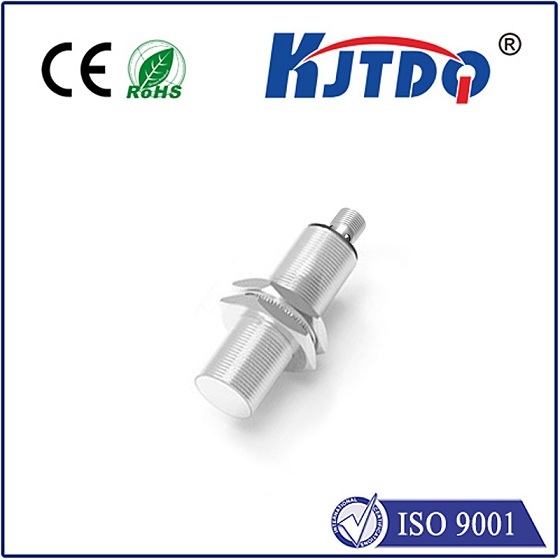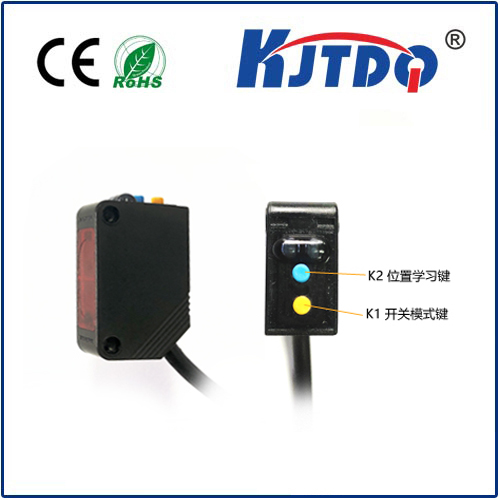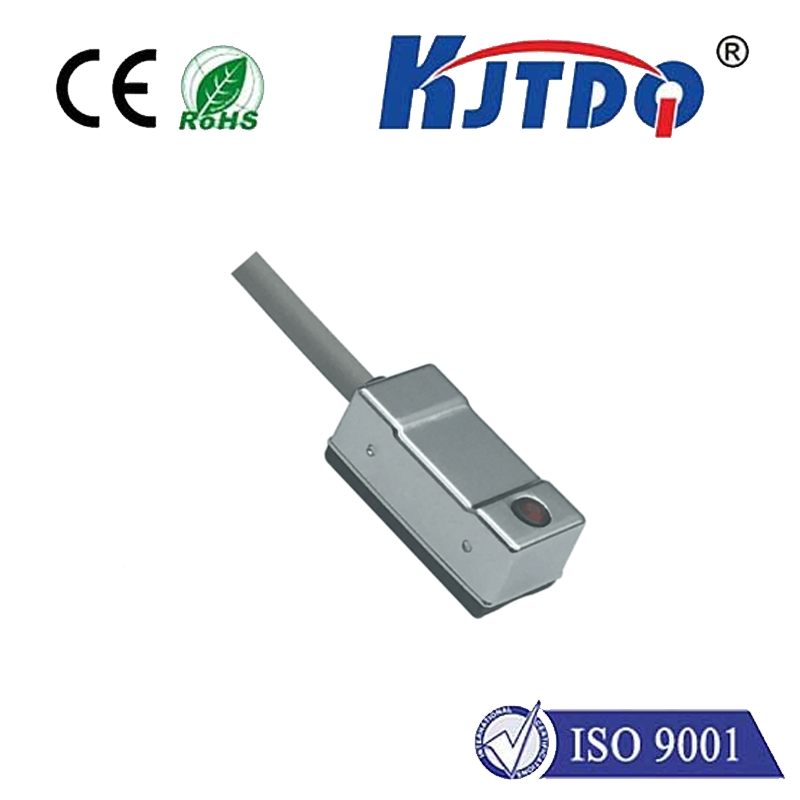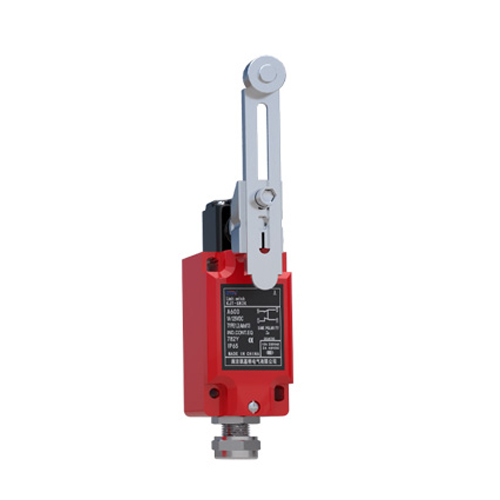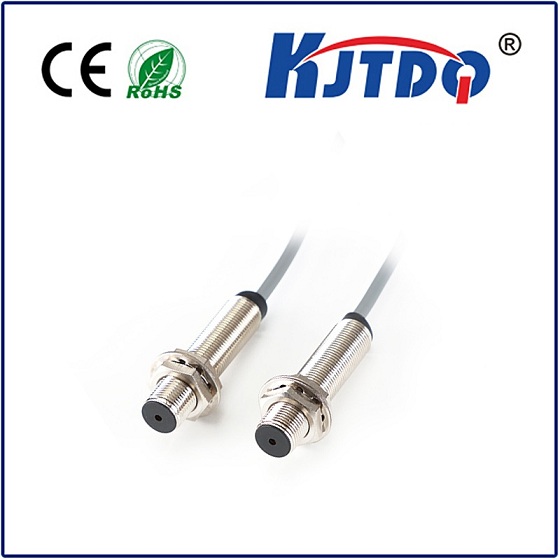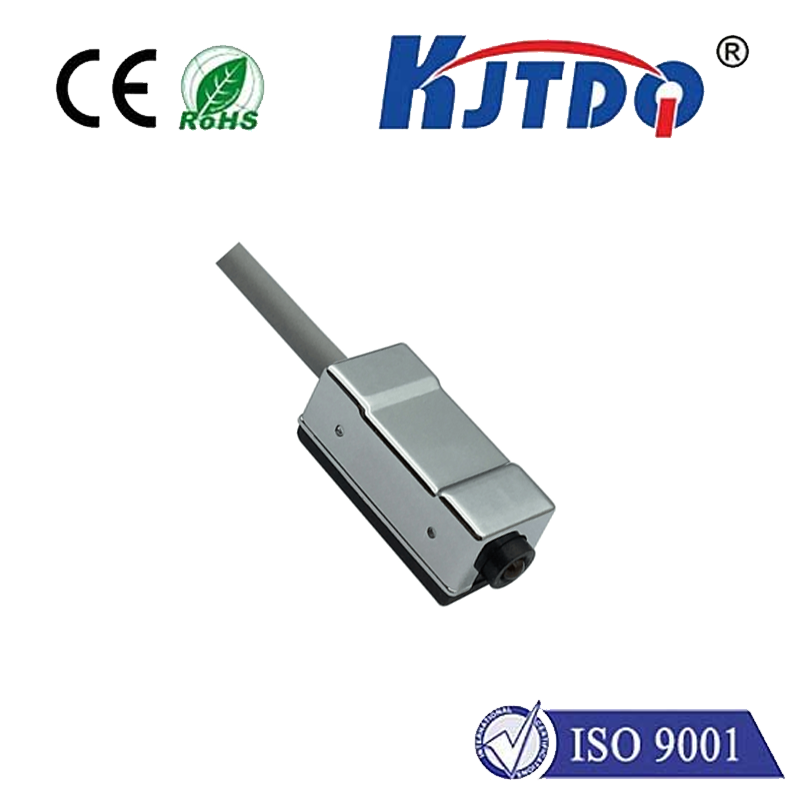

check

check

check

check

check

check

check

check

check

check
Title: Transforming the World of Electrical Engineering with Inductive Sensor Switches
Introduction to Inductive Sensor Switches and Their Importance
In today's technologically advanced world, electrical engineering plays a crucial role in various industries, from transportation to manufacturing. One of the key components in these systems is the sensor switch, which enables accurate and reliable communication between devices. Among the various types of sensor switches available, inductive sensor switches have gained significant attention due to their unique properties and widespread applications. This article aims to provide an overview of inductive sensor switches, including their working principle, advantages, and limitations, as well as their potential future developments in the field of electrical engineering.
The Working Principle of Inductive Sensor Switches
An inductive sensor switch works by using the induction motor principle, which relies on electromagnetic induction to transfer energy between two coils or cores. When a current flows through one coil, it produces a magnetic field that interacts with another coil placed nearby. This interaction generates an electromotive force (EMF), which drives the switch to open or close.
There are two main types of inductive sensor switches: single-coil and double-coil. The single-coil switch consists of only one coil, while the double-coil switch has two coils separated by a gap. Double-coil switches are generally more expensive but offer greater flexibility in terms of switching modes and speed control.
Advantages and Applications of Inductive Sensor Switches
One of the major advantages of inductive sensor switches is their high sensitivity and fast response time, allowing for precise control and adjustment of various devices. They are also relatively low-cost compared to other types of sensor switches, making them suitable for mass production and wide-scale use. Some common applications of inductive sensor switches include lighting control systems, HVAC systems, door access controls, and industrial automation systems.
Limitations of Inductive SensorSwitches
While inductive sensor switches offer many benefits, they also have some limitations that should be considered. One of the main drawbacks is their limited operating range, which can result in incorrect switching or signal distortion if the current flowing through the coil exceeds a certain threshold. Additionally, inductive sensor switches may suffer from interference from other electromagnetic sources such as motors or wireless devices, leading to errors in sensing and actuation. Finally, the long-term reliability of inductive sensor switches depends on factors such as temperature, humidity, and vibration exposure, which may affect their performance over time.
Future Developments in Inductive Sensor Switch Technology
Despite these limitations, research and development efforts continue to improve the performance and capabilities of inductive sensor switches. One promising area of innovation is the integration of artificial intelligence (AI) and machine learning techniques into sensor switching algorithms, enabling more intelligent and adaptive sensing solutions. Another area of focus is the development of new materials and design methods for improving the efficiency and durability of inductive sensors. Furthermore, advancements in nanotechnology may lead to smaller and more sensitive sensors with improved switching speeds and lower power consumption.
Conclusion: Transforming Electrical Engineering with Inductive Sensor Switches
In summary, inductive sensor switches play a vital role in modern electrical engineering by providing accurate and reliable sensing capabilities for a wide range of applications. By understanding their working principle, advantages, limitations, and potential future developments, engineers and researchers can make informed decisions about choosing the right sensor switch for their specific needs. As technology continues to progress, we can expect even more innovative solutions to emerge in this exciting field, transforming the way we interact with machines and devices around us.
